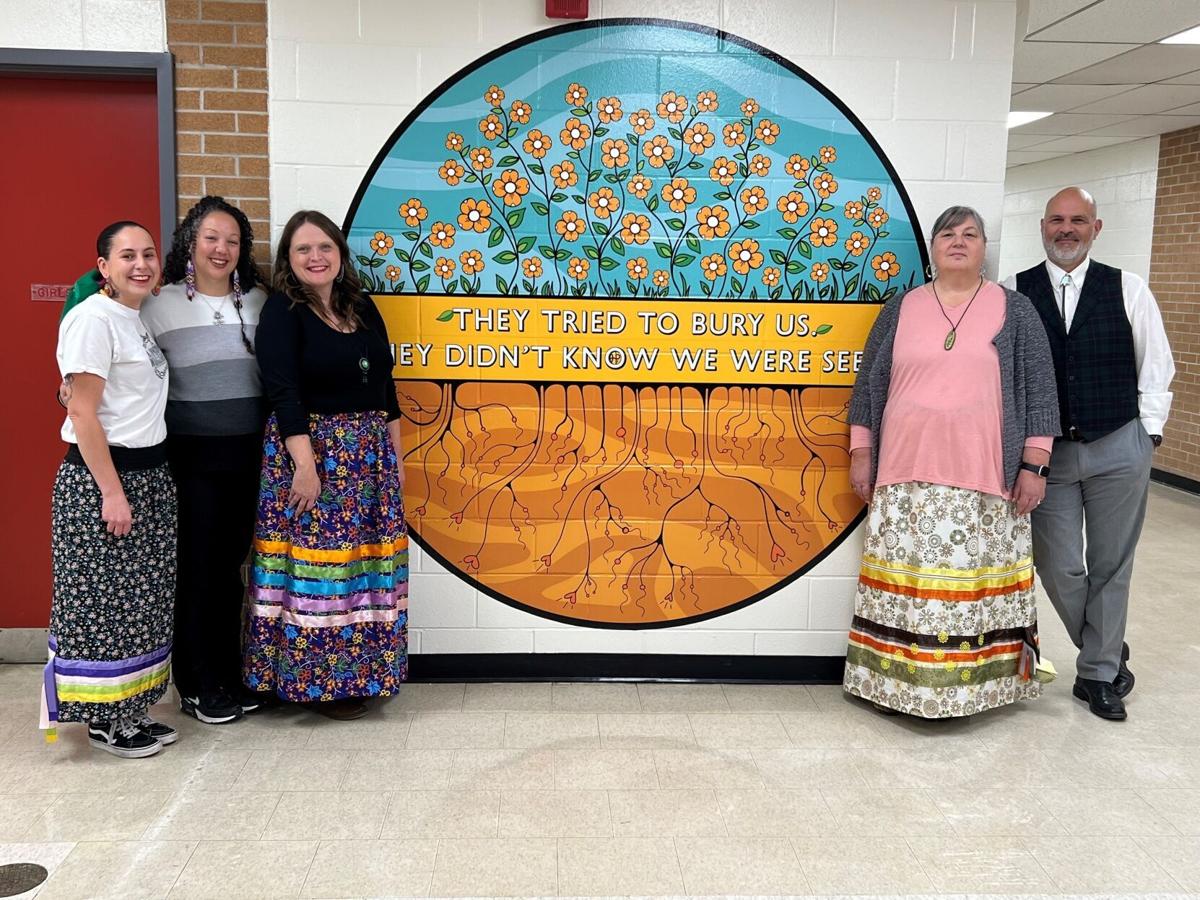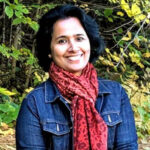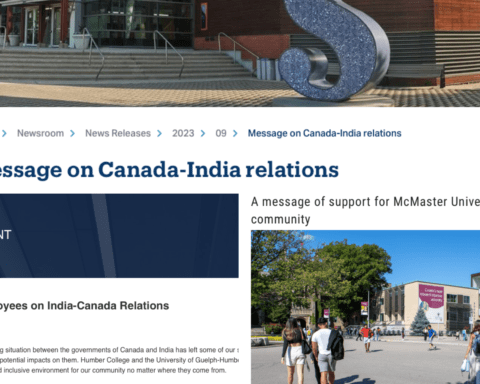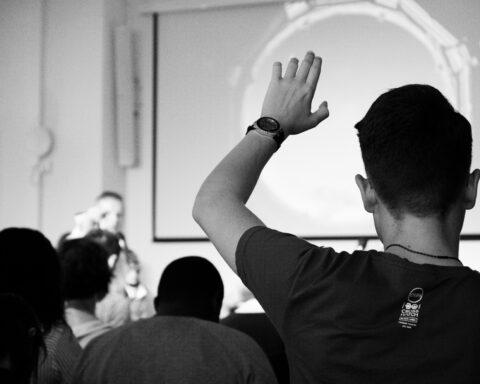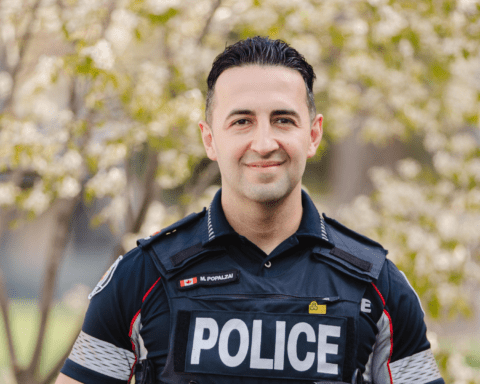Dufferin Peel Catholic District School Board student Rhaya Clyne says when she started Grade 9, she was shy and introverted. “I was scared of everyone talking and I had to hype myself up to talk.”
However, some of those fears began to fall away when Clyne decided to participate in a school board program that provides opportunities for students to self-identify their Indigenous ancestry.
In a video posted earlier this year on the Dufferin Peel Catholic District School Board (DPCDSB) website, Clyne goes on to say that after having made connections with educator Jodie Williams and others at the board, “they have been allowing me to build and improve myself.”
Through that, Clyne says she has learned how to use her voice more.
(Williams is co-chair for the First Nations, Métis and Inuit Education Association of Ontario (FNMIEAO) and Indigenous Education lead for DPCDSB.)
“Because of that I am sitting on the school senate and talking to board officials and the director of education. I have had a lot of opportunities to grow and that wouldn’t have happened without the Indigenous Education department and all the culture camps we are part of.”
On its website, the school board says the self-identification program will allow it to provide expanded supports for First Nation, Inuit and Métis students.
Calls for action for reconciliation through education
In 2015, the Truth and Reconciliation Commission (TRC) called on the government and educators to “address the knowledge gaps that perpetuate racism” in order to address the legacy of residential schools and advance the process of reconciliation.
TRC Calls for Action #62 and #63 relate to education. The recommendations include making age-appropriate curriculum on residential schools, Treaties, and the historical and contemporary contributions of Indigenous peoples to Canada, a mandatory part of education from kindergarten to Grade 12.
In addition, the TRC says the necessary funding should be made available to post-secondary institutions to train teachers on how to integrate Indigenous knowledge and teaching methods into the classroom.
Currently, the Ontario curriculum includes mandatory learning in social studies, Grades 4 to 6, and history in Grades 7, 8, and 10, including mandatory learning on residential schools in Grades 8 and 10, introduced in 2018.
The original focus for Indigenous studies in the Ontario curriculum tended to focus on social studies, rather than the vast scope of other Indigenous knowledge, including science and other disciplines.
Indigenous knowledge isn’t limited to just geography and history, Williams said.
That limited mindset, Williams said, is problematic: “That somehow this canon, an Indigenous canon, would somehow be inferior to the predominantly White canon.”
One of the biggest problems, she added is “… getting people to recognize that Indigenous studies, Indigenous knowledge is very robust and has plenty to offer.“
Williams said her organization provided input on how to revamp the elementary science curriculum in terms of connections between Indigenous and Western science. But, she said, when the document was released in 2022, the government quickly pulled it back. “Much of our input ended up not being taken in,” she said.
In District School Board North East (DSB1), a specialist high skills major is available with a focus on Indigenous studies, and classes about Indigenous art and literature are offered to students.
Lesleigh Dye, director of DSB1, said that these classes offer Indigenous students more opportunities to succeed and non-Indigenous students a broader understanding of where their classmates are coming from.
“When someone is making an effort to understand them and in this case, the culture that surrounds the students, and their lived family experience makes such a difference.” said Dye.
Ontario’s Ministry of Education announced in 2021 that the revised curriculum for Grades 1 to 3 will be released by September 2023.
(The Ontario Ministry of Education could not be reached for comment despite several attempts.)
Combating the fear with adequate fiscal responsibility
Williams said there should be more funding available to train teachers on the Indigenous curriculum.
“My heart goes out to teachers because they’re trying with no information, or, the information that has been out there is problematic because the textbooks that have come before are, for the most part, inaccurate.”
Williams said FNMIEAO helps provide content for teachers and guides them in how to have these conversations in classrooms. “There’s a massive fear factor out there. Teachers are like, ‘I don’t want to say or do the wrong thing.’”
Doing nothing is part of the problem, said Williams. “So we always push back and say, ‘OK. I hear you.’”
However, DPCDSB spokesperson Max Vecchiarino said during this school year, they offered Treaty Education for 60 elementary and 25 secondary teachers, training on the Grade 9 Science curriculum for 26 teachers, in elementary science for 30 teachers in addition to awareness sessions for multiple guidance teachers, student success teachers, new teachers, and support staff in services.
Vecchiarino said DPCDSB also runs additional qualification courses in Indigenous education – for people of various boards including their own.
The Timmins Native Friendship Centre has teamed with DSB1 to address some of the issues facing teachers and students, as well as hosting their Indigenous Alternative Secondary School program, which allows Indigenous students, especially those from remote communities, a more flexible learning environment.
Mickayla Bird, executive director of the Timmins Native Friendship Centre, explained the need for that flexibility within the system.
“We exist because our clients needed support to transition into an urban society, so this mirrors that same aspect for youth in high school,” she said. “We really try to incorporate the culture into the curriculum, so that could be a medicine walk in the community, ribbon skirt making, ice fishing, kayaking.”
The program just hired a second teacher recently and is slowly expanding as space at their facility allows.
In addition, advances have also been made at the Peel District School Board in terms of Indigenous education.
Meanwhile, Williams says teachers should “assume you have Indigenous students in your class and they probably haven’t self-identified.” The teachers may not know a lot, but Williams encourages them to talk about it together in class.
Williams shared a positive experience involving a Grade 12 student who has since graduated. Once when she was in Grade 12, one of her teachers discussed the importance of water – how Indigenous people have always been protectors and guardians of water that ensured sustainability of clean water.
The student said that she felt represented – for the first time. “Imagine! She’s gone through the whole K to 12 without feeling represented.”
The message the students get is important, Williams says. “I see you and you’re important. And I value you.” She noted, “because, for our youth especially, it is life and death.”
These serious concerns are reflected in results from the 2017 Aboriginal Peoples Survey. In that survey, despite 48.9 percent of Indigenous youth classifying their mental health as excellent or very good, nearly one in four respondents reported that they had been diagnosed with an anxiety disorder. It should be noted, too, that from 2011 to 2016, the suicide rate in Indigenous communities was three times the national average.
Proper acknowledgement can be life-saving for Indigenous youth, Williams says. , “It is a win-win when we do this.”
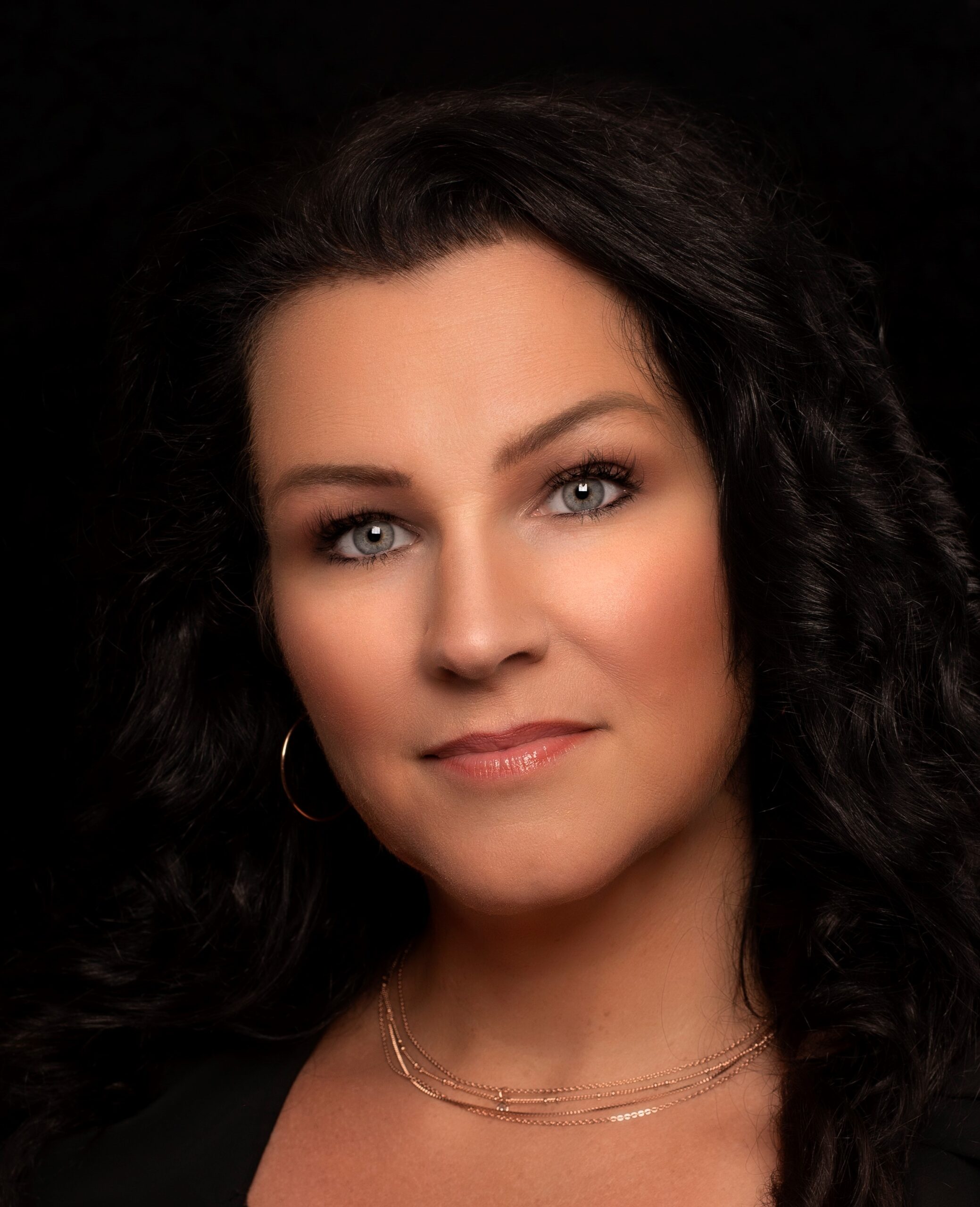
on Indigenous knowledge instead of leaving teachers scrambling to try and figure it out on their own. Photo supplied.
Vecchiarino said “there is a great deal of expertise in Indigenous communities and we do very concertedly tap into it at our board.”
However, Vecchiarino said he doesn’t think a lot of teachers have the expertise to respond to questions in class.
The provincial government has provided significant funds, continued Vecchiarino, “but if we had more staff and more resources, we could always do more.”
Create awareness, nurture hope, and dispel single-story narratives
Williams said the goal of education is to try and help make visible what for so many people, is invisible.
“Some people question – why does it matter? Why do I have to care about this? I am not Indigenous and it’s not affecting me,” said Williams. “Well, it’s affecting everyone because of colonialism and resource extraction and the way it is contributing to climate change.”
“Why is Treaty education important?”, Williams asks. “A couple of days ago, Treaty nine communities put out a lawsuit saying, ‘enough’s enough, you can’t keep coming into our territories, extract the resources and, leave the place contaminated.’”
So, without having education,said Williams, “we don’t have a society that’s collectively informed enough to to say, that’s not right.”
Williams says we can’t prop up figures in Canadian history while sanitizing that history, as it contributes to ongoing erasure and the perpetuation of harmful stereotypes. “Education doesn’t address the horrific amount of stereotypes that still exist because a lot of people are uninformed.”
In education, there is an antidote to all that, said Williams: “Just flooding our educational system with the beauty, joy, and brilliance of Indigenous people’s knowledge, contributions; past and present, innovations, and inventions.” There are so many, she said, that showcase the strength, diversity, and magnitude of these nations and civilizations that continue to exist here.
Despite barriers, many boards are making things happen
Ontario’s publicly funded schools have made significant progress in Indigenous education over the past decade, according to a recent report by People for Education, Still Waiting for Truth and Reconciliation. However, the report notes that much remains to be done before the province can claim to have fully implemented all of the TRC’s education-related recommendations.
DSB1 continues to grow it’s land-based education initiatives, including the alternative secondary school program.
“The pride in education and culture coming together is beautiful,” said Dye.
She acknowledges that there is always more work to do to better support their indigenous students, and more education to access for their staff.
“What we’re really trying to do is demonstrate our ongoing commitment to truth and reconciliation and to learn from the lived experiences of people who identify as Indigenous,” said Dye.
The Peel District School Board (PDSB), along with Treaty partners and members of Indigenous communities, officially opened the Centre for Indigenous Excellence and Land-Based Learning in November 2022.
A PDSB spokesperson said it’s a place for Indigenous and non-Indigenous students to receive educational opportunities in Indigenous ways of knowing from community partners, as well as a place for professional learning for the staff.
This year, the PDSB offered cultural gatherings for Indigenous students, class field trips, credit recovery and learning recovery for Indigenous students, and various learning opportunities for staff.
PDSB said it continues to work with Indigenous community partners to develop programming for Education for Reconciliation and uphold Indigenous rights, including the creation of more outdoor learning spaces, the development of a food sovereignty program and more learning spaces within the centre.
The spokesperson said as part of the board’s commitment to the TRC’s calls for action 62 and 63, PDSB has a team of resource teachers, Indigenous student advisors, and a coordinating leader to support the implementation of Indigenous education across the board.
Williams said that despite the barriers, many school boards are finding creative ways to make things happen. “There are good things happening, but it doesn’t have to be a battle.”
_____________________________________________
This story was written in partnership with Village Media as part of New Canadian Media’s microcredential on inclusive journalism.
Minu Mathew is a writer and communication consultant who has worked closely with brands like Philips, 3M and Microsoft. She has a book of poems titled ‘In the Garden of Rain’ published on Amazon. Minu has lived in India, Sweden, US and UK. She currently lives in Toronto, Canada with her husband and two children.
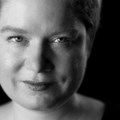
Amanda Rabski-McColl
Amanda Rabski-McColl is a Diversity Reporter under the Local Journalism Initiative, which is funded by the Government of Canada

